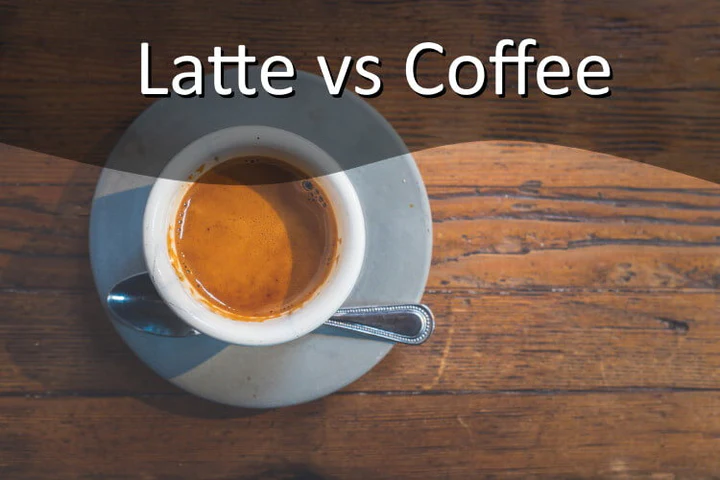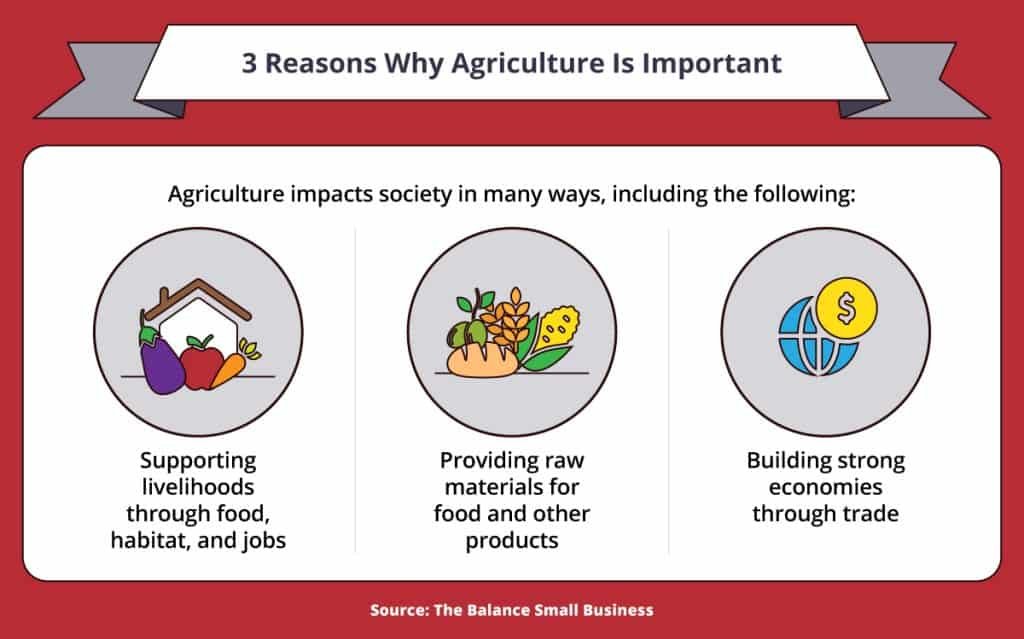tl;dr: Coffee and latte differ in their ingredients and preparation methods.
If you’re a coffee lover, you’ve probably come across the terms “coffee” and “latte” quite often. While both are popular beverages, they have distinct differences in terms of ingredients, preparation methods, taste, caffeine content, calorie content, and popular variations. In this article, we’ll explore what is the difference between coffee and latte to help you understand these two beloved drinks better.
Ingredients
Coffee
Coffee is a simple yet versatile beverage made from roasted coffee beans. The beans are ground and brewed with hot water to extract the rich flavors and aromas. The result is a strong and bold drink that is enjoyed by millions worldwide. Coffee is typically served black, but it can be customized with various additions such as sugar, milk, cream, or flavored syrups.
Latte
A latte, on the other hand, is a more complex beverage that combines espresso and steamed milk. It starts with a shot of espresso, which is made by forcing hot water through finely ground coffee beans. The espresso is then mixed with steamed milk, creating a creamy and velvety texture. Lattes can be further enhanced with flavored syrups, whipped cream, or sprinkles of cocoa powder.
Preparation
Coffee
Preparing a cup of coffee is relatively straightforward. You grind the coffee beans, add them to a coffee maker or a French press, pour hot water over them, and let it steep for a few minutes. Once brewed, you can enjoy it as is or add your preferred additions like milk or sugar.
Latte
Making a latte requires more specialized equipment, such as an espresso machine and a milk frother. First, you extract a shot of espresso using the machine. Then, you steam milk using the frother to create a creamy and frothy texture. Finally, you pour the steamed milk over the espresso, creating the signature layered look of a latte.
Taste
Coffee
Coffee has a strong and robust flavor profile. Depending on the type of coffee beans used and the brewing method, it can have notes of chocolate, caramel, fruit, or even floral undertones. The taste of coffee can vary from bitter to acidic, depending on personal preference and the quality of the beans.
Latte
A latte has a milder and creamier taste compared to coffee. The addition of steamed milk balances out the intensity of the espresso, resulting in a smoother and more velvety flavor. The milk adds a touch of sweetness and a creamy texture that enhances the overall taste experience.
Caffeine Content
Coffee
Coffee is known for its high caffeine content. A typical cup of coffee contains around 95 milligrams of caffeine, although this can vary depending on the brewing method and the type of coffee beans used. The caffeine in coffee provides a stimulating effect, helping you feel more alert and focused.
Latte
In comparison, lattes have a lower caffeine content than coffee. The amount of espresso used in a latte is typically one or two shots, which translates to around 63-126 milligrams of caffeine. The addition of steamed milk dilutes the caffeine concentration, making lattes a milder option for those who prefer a less intense caffeine kick.
Calorie Content
Coffee
Black coffee is virtually calorie-free, making it an excellent choice for those watching their calorie intake. However, once you start adding milk, cream, sugar, or flavored syrups, the calorie count can increase significantly. A typical cup of coffee with milk and sugar can contain around 30-60 calories.
Latte
Lattes, on the other hand, are higher in calories due to the addition of milk. A standard latte made with whole milk contains approximately 150-300 calories. However, you can opt for lower-calorie alternatives such as skim milk or plant-based milk options like almond or oat milk to reduce the calorie content.
Popular Variations
Coffee
Coffee offers a wide range of popular variations to suit different tastes and preferences. Some popular variations include:
– Espresso: A concentrated shot of coffee that forms the base for many coffee-based beverages.
– Cappuccino: Equal parts espresso, steamed milk, and milk foam, creating a balanced and frothy drink.
– Americano: A shot of espresso diluted with hot water, resulting in a milder and larger cup of coffee.
Latte
Lattes also have their fair share of popular variations. Here are a few examples:
– Mocha: A latte with the addition of chocolate syrup or cocoa powder, creating a delightful combination of coffee and chocolate flavors.
– Vanilla latte: A latte flavored with vanilla syrup, adding a sweet and aromatic twist to the classic drink.
– Caramel latte: A latte with the addition of caramel syrup, providing a rich and indulgent taste experience.
Conclusion
In summary, the main differences between coffee and latte lie in their ingredients and preparation methods. Coffee is a simple and strong beverage made from roasted coffee beans, while a latte combines espresso and steamed milk to create a creamy and velvety texture. Coffee has a stronger taste and higher caffeine content, while lattes have a milder taste and lower caffeine content. The calorie content of lattes is higher due to the addition of milk. Both coffee and latte offer a variety of popular variations to cater to different preferences. So whether you prefer a bold and robust cup of coffee or a creamy and indulgent latte, there’s a perfect beverage for everyone’s taste buds.
FAQs
Does latte have caffeine?
Yes, a latte contains caffeine.
Is a latte just coffee and milk?
Yes, a latte is made with espresso and steamed milk.
Is a latte weaker than coffee?
Yes, a latte is generally considered to be milder and less strong than a regular cup of coffee.
Does a latte have more milk or coffee?
A latte has more milk than coffee. It is typically made with one shot of espresso and a larger amount of steamed milk.
Originally posted 2023-08-10 04:34:13.



